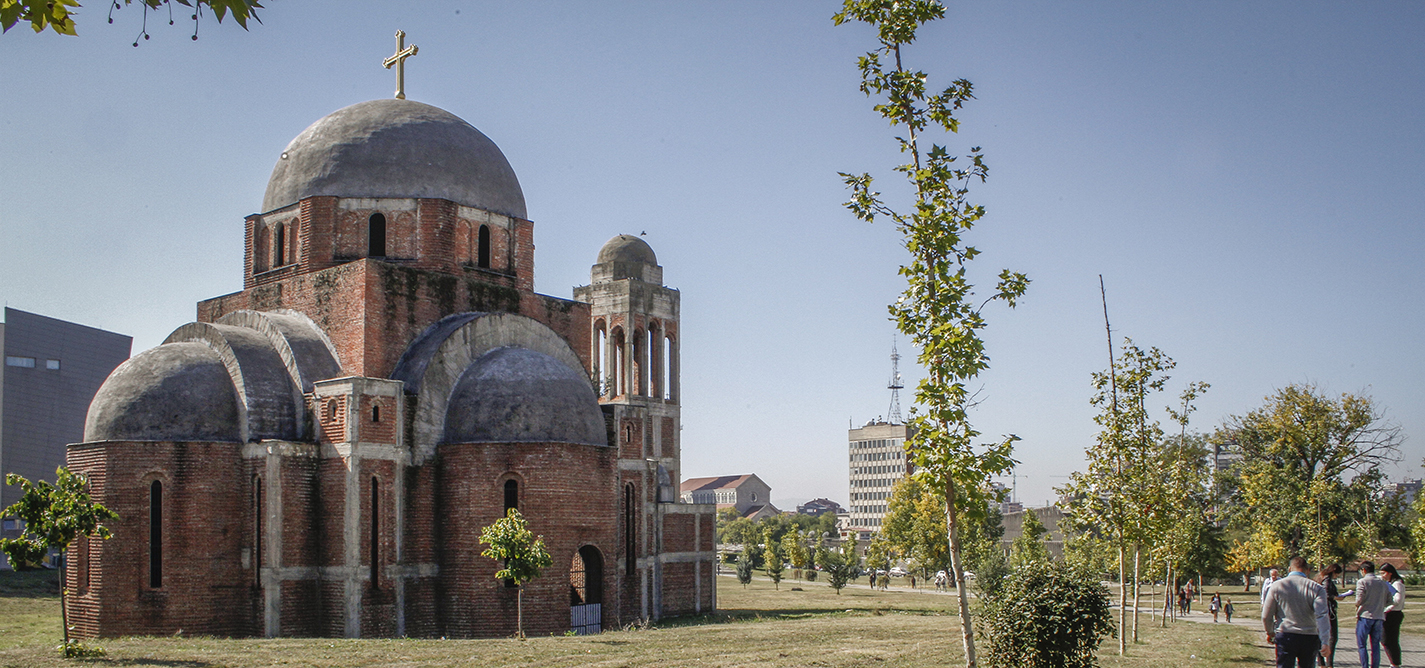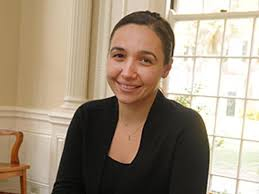
A symbol of repression which should remain just that
Prishtina’s Serbian Orthodox Church should stay, a reminder of the terror of racism and oppression.
|2016.10.04
|
The Serbian Orthodox Church on the grounds of the University of Prishtina campus was built illegally and by force as part of a campaign of repression and we should preserve it as such.

Garentina Kraja
Garentina Kraja studied political science at Yale University. She served as a foreign policy and security adviser for President Atifete Jahjaga and prior to that she was a journalist at Koha Ditore during 1999-2000 and the Associated Press correspondent in Kosovo from 2001 through 2007.
DISCLAIMERThe views of the writer do not necessarily reflect the views of Kosovo 2.0.
This story was originally written in English.